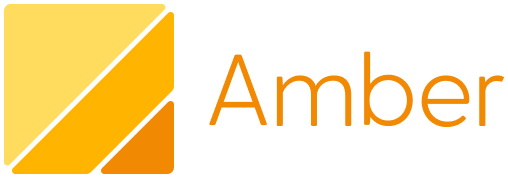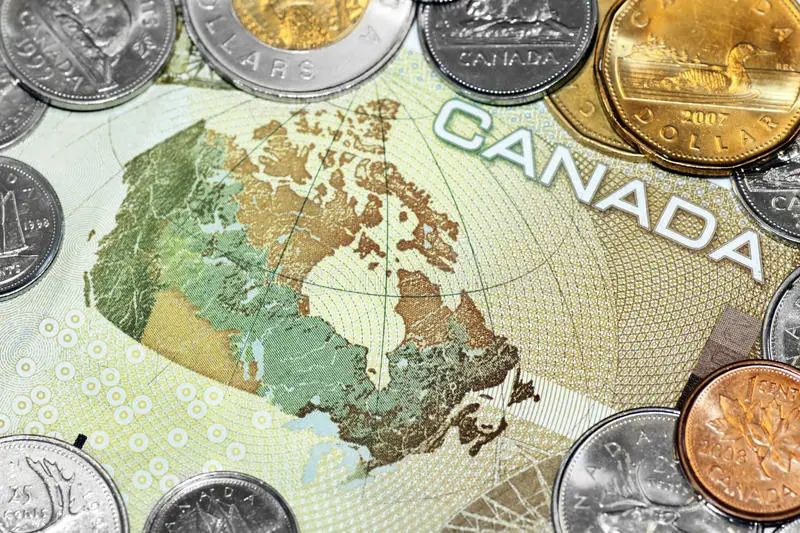You need a loan — maybe your car broke down or you need to replace your roof — and you have no idea which type of loan is right for you. Should you use a credit card, or maybe take out a line of credit? If you don’t know the best way to borrow for certain situations, you could end up paying a lot more than you need to.
Credit cards
Although potentially very costly if you don’t pay your bills on time, credit cards offer one of the fastest and easiest ways to access credit. And if you plan it right, you can get almost two months before you’re charged interest, which might be just enough time to pay off a large, but not extravagant, purchase. In Canada, credit card purchases have a minimum interest-free period of 21 days as of the statement date; cash advances have no interest-free period. This sounds a bit complicated, so take this example: If your credit card billing cycle runs from June 1st to June 30th and you make a purchase on June 23rd, you have 21 days from June 30th to repay the money, interest-free. If you make the purchase on June 2nd, you still have 21 days from June 30th to repay the money. If timed correctly, you can use your credit card to make a purchase that you’ll have seven weeks to pay back, interest free. If you’re paid bi-weekly, that’s three paycheques. And, unlike some fixed-term loans, credit cards are what is known as “revolving credit,” which means it’s open-ended – you don’t have to repay the entire balance by a certain date. If you take a little longer than planned to pay off what you borrow, you won’t incur a penalty as long as you make minimum payments by the due date. However, “a fast loan is an expensive loan,” says Meredith Wood, head of content of at Fundera, a small-business loans company.
When the interest does kick in, it can be pretty high, generally around 19 per cent. If you don’t pay the entire balance by the due date, you’ll be charged interest on the remaining balance. And never paying more than the minimum can be very costly. If you charge $1,000 to a card with a 19 per cent interest rate and pay interest plus 1 per cent per month (a typical calculation banks use for minimum payment requirements), your minimum payments will be $25.83. Paying that much, it will take you more almost 10 years to clear the balance, and you’ll pay almost $1,000 in interest. Therefore, if you need to borrow and decide to use a credit card to do so, be sure it’s a short-term emergency, Priyanka Prakash, editor of Fit Small Business, a software and financial services company, said in an emailed response to questions. And be sure you have a plan to pay off the debt in a timely manner.
Lines of credit – secured and unsecured
Lines of credit are a low-cost way to access cash. Unlike credit cards, however, interest is charged immediately on cash withdrawn from a line of credit. A line of credit allows you to borrow up to the total amount of the credit line. You take out the money as you need it, repay it quickly or over time, and then can take out more money. Lines of credit can be secured or unsecured. A secured line of credit means the money available for credit is backed by an asset. This asset can be taken and sold by the bank if the line of credit is not repaid. With an unsecured line of credit, the money isn’t backed up by anything other than good faith and your credit history. A secured line of credit may sound scary — who wants to risk their house or other assets to access credit? However, according to Wood, debts secured by assets are better deals.
Secured loans have lower interest rates than unsecured lines of credit. For major purchases such as home renovations, having a lower interest rate means lower payments and a lower overall cost of borrowing. Interest rates on lines of credit vary. Customers with excellent credit can get an unsecured line of credit for a few percentage points above the prime interest rate; as of June 2016, the prime rate in Canada is 2.7 percent. Secured lines of credit routinely charge a fraction above prime. The low interest rates on secured lines of credit make this product one of the cheapest forms of credit on the market.
Personal loans – fixed or variable
Personal loans are instalment loans, meaning you borrow a specific amount and then pay it back according to a set payment schedule – usually equal monthly payments over a set period. Personal loans with a fixed interest rate are probably the easiest loans to understand. Say you borrow $10,000 for five years at a 5 per cent interest rate. Every month, you pay $188.74 and at the end of the five years, you’ll have paid a total amount of $11,324.40. Jason Leung, business development manager at loan company Amber Financial Services , says fixed-rate term loans are easier for customers to budget for as the borrower can automate payments. He says automated, easy-to-budget payments result in a lower delinquency rate than found with credit card users.
Personal loans with variable interest rates are similar, but with a twist. Since the interest rate can change at any time, monthly payments can go up or down depending on the bank’s rate. Total interest paid is impossible to calculate at the beginning of the loan, making it hard to determine whether the variable-rate loan is cheaper than a fixed-rate loan. Personal loans are the right credit product for many situations. The interest rate can be lower than an unsecured line of credit, the payments can be fixed to make repayment easy and customers can’t increase their balance without getting a new loan. The major downside to personal loans is the length of time to access funds. While credit cards and lines of credit allow you to make a purchase or withdraw money as soon as you need it, personal loans usually require a trip to the bank and a credit check before a bank employee can approve the loan. However, fintech (financial technology) companies are competing to get customers, with each one promising better service and faster loans. Determining the right type of loan for your purchase relies on a variety of factors. While the interest rate may sound like the most crucial part of a loan, ease of access and repayment options are equally important. Amber Financial Services offers fast and transparent mortgage and personal loan services to Canadians via proprietary loan servicing platform.




